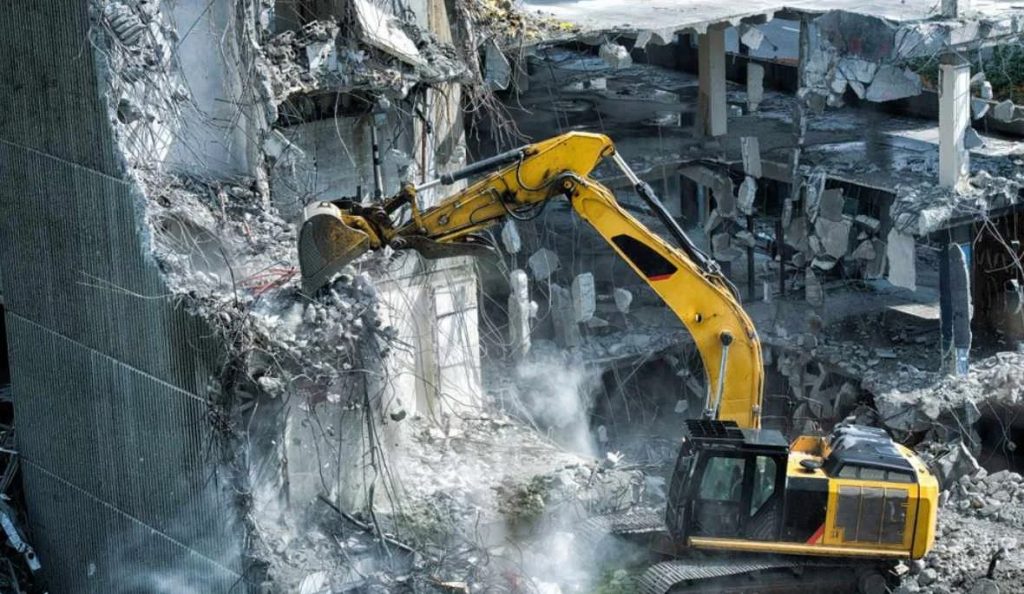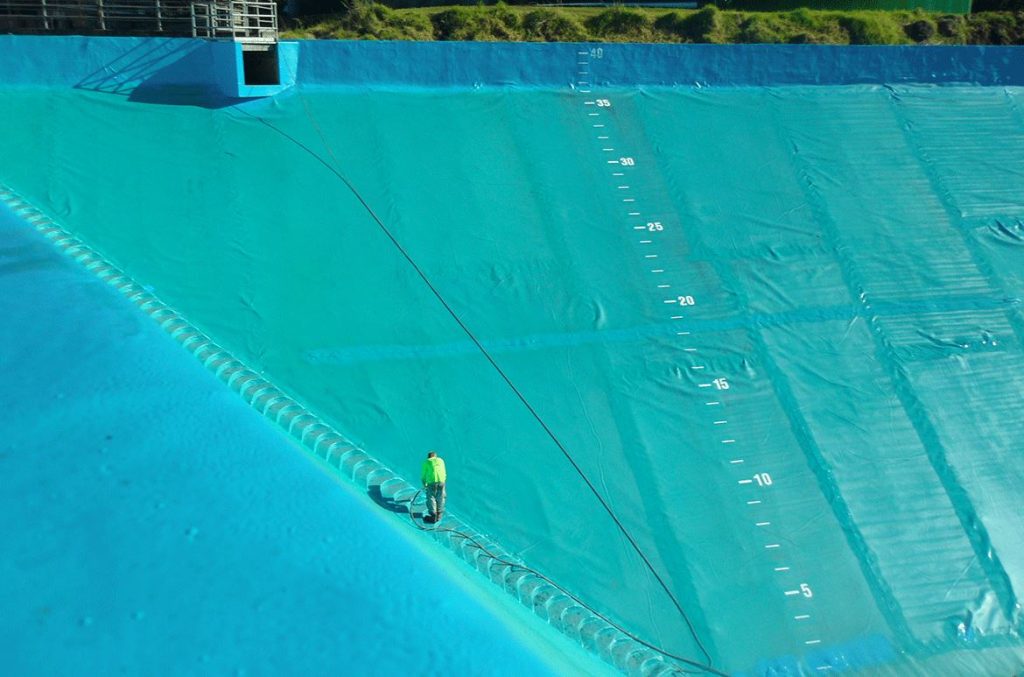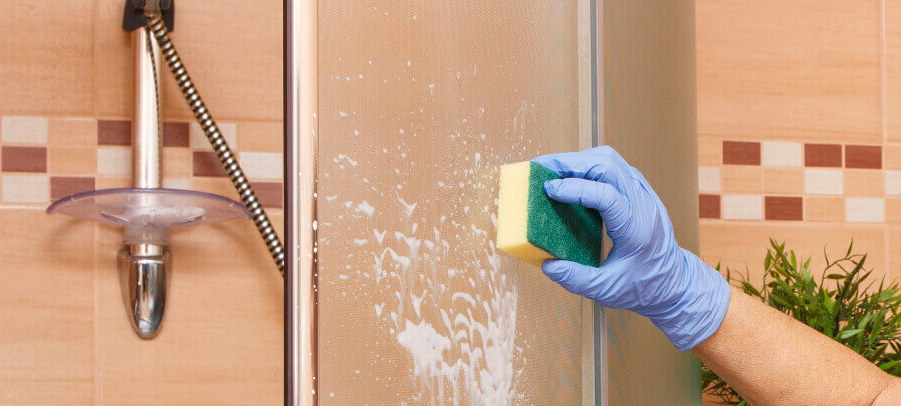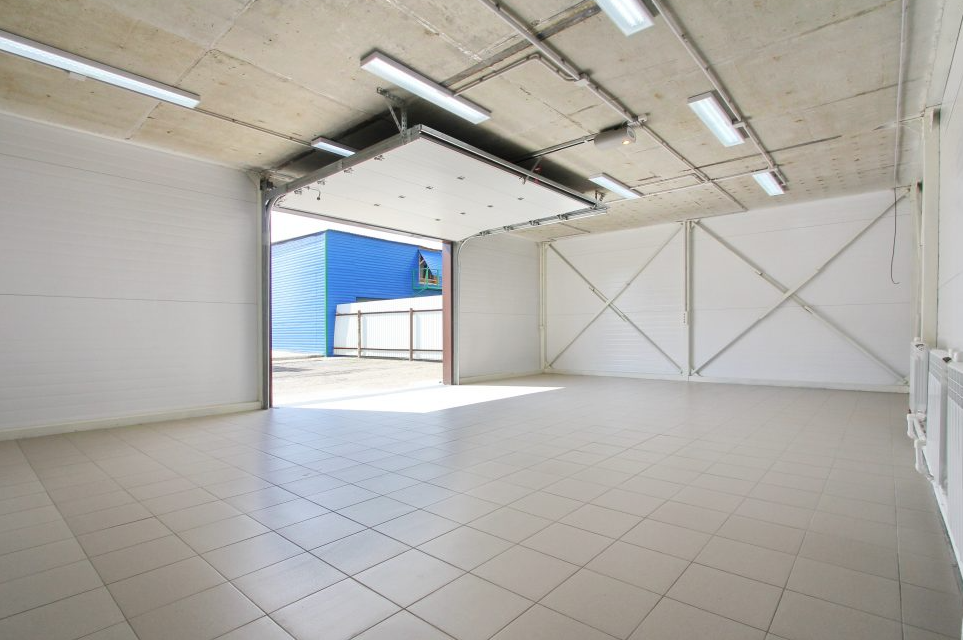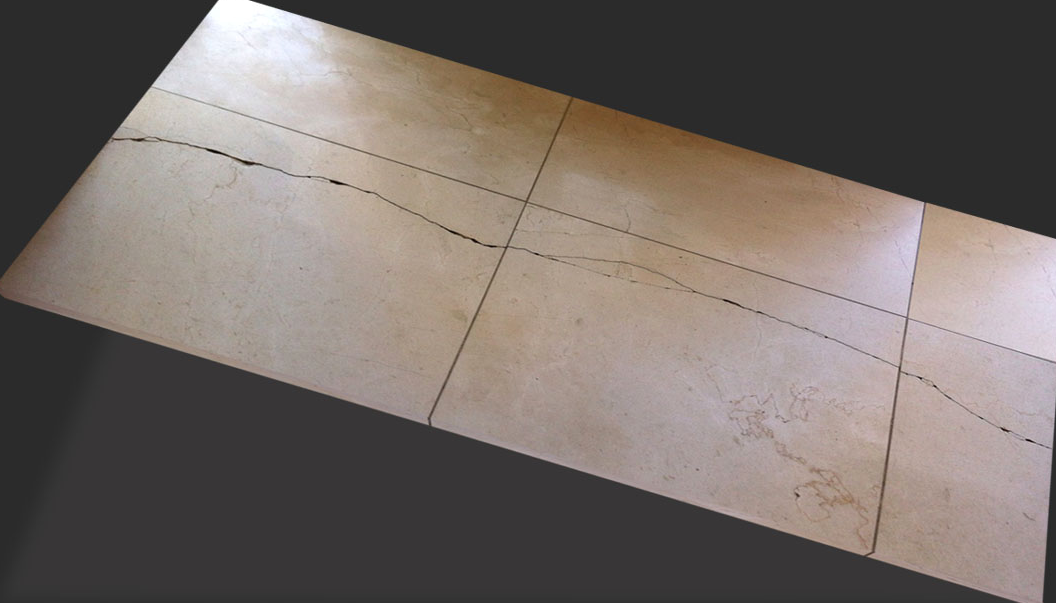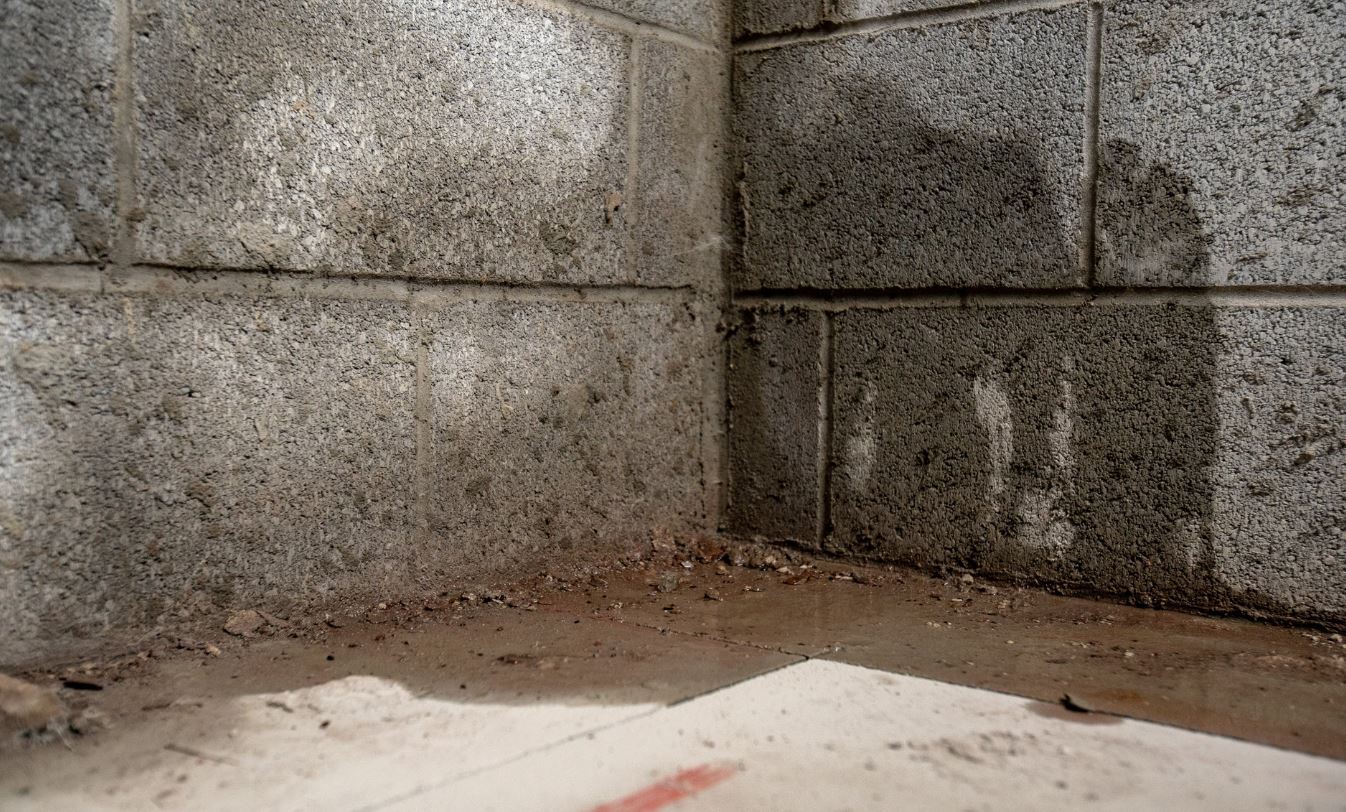
Signs You Need Waterproofing How to Identify Water Intrusion in Your Home
Are you noticing water stains on your walls, a musty odour in your home, or cracks in your foundation? These could be signs that you need waterproofing to protect your property from water intrusion.
We will explore the importance of waterproofing, common signs indicating a water issue, how to identify water intrusion in your home, and the solutions available to address the problem.
What Is Waterproofing?
Waterproofing is a process that renders an object or structure impervious to water or moisture penetration, ensuring it remains unaffected by potential water damage. This damage can lead to structural deterioration, mould growth, and other expensive problems. Waterproofing techniques and products protect surfaces such as roofs, basements, foundations, decks, and bathrooms from water intrusion. Waterproofing techniques and products can safeguard surfaces such as roofs, basements, foundations, decks, and bathrooms against water intrusion.
Common waterproofing applications include sealing cracks, applying waterproof membranes, and using water-repellent coatings to prevent water from seeping through surfaces and causing harm. Waterproofing plays a vital role in ensuring the longevity and integrity of various structures.
Why Is Waterproofing Important?
Waterproofing is crucial for safeguarding structures against water damage, moisture intrusion, and mould and mildew development.
By implementing effective waterproofing measures, property owners can prevent structural deterioration, which can weaken the integrity of buildings over time. Waterproofing not only safeguards the physical structure but also maintains indoor air quality by minimising the risk of mould growth.
Investing in professional waterproofing solutions provides long-term benefits, reducing the need for costly repairs and renovations that can arise from prolonged water infiltration. Waterproofing helps mitigate health hazards associated with damp environments, creating safer and healthier living or working spaces.
What Are The Signs That You Need Waterproofing?
Recognising the signs that indicate the need for waterproofing is essential to address water intrusion proactively and prevent potential damage.
Visible stains on walls or ceilings, musty odours in enclosed spaces, the presence of mould or mildew, peeling paint or wallpaper, hairline cracks in walls or floors, persistent dampness in basements or crawl spaces, and consistently high humidity levels are all common indicators of water intrusion.
These signs can signal underlying issues like leaking pipes, poor drainage, or foundation cracks that require immediate attention to avoid costly repairs and health hazards.
Waterproofing solutions such as installing proper drainage systems, sealing cracks, using waterproof coatings, and improving ventilation can help prevent water damage and maintain a dry, healthy indoor environment.
Visible Water Stains
Visible water stains on walls or ceilings often indicate water intrusion, leaks, or seepage, highlighting the need for immediate waterproofing intervention.
These water stains can emerge in various forms, from small discoloured patches to larger damp spots that spread over time. The sources of such stains may range from damaged roof tiles and plumbing issues to cracks in the foundation or poorly sealed windows. Ignoring these visible cues can lead to more severe structural damage and mould growth.
By addressing water stains promptly with effective waterproofing solutions, homeowners can prevent further deterioration and enhance the longevity of their property.
Musty Odour
A musty odour in indoor spaces is often an indicator of mould growth, dampness, or high humidity levels, signalling potential water intrusion concerns that necessitate waterproofing measures.
Excess moisture in buildings creates an ideal environment for mould spores to flourish, posing various health hazards to occupants. Indoor mould exposure has been linked to respiratory issues, allergies, skin irritation, and, in some cases, more severe conditions.
By addressing waterproofing issues promptly, you can eliminate musty smells and prevent the further spread of mould, safeguarding the well-being of those residing or working in the affected space.
Mould Growth
The mould growth on surfaces indicates excessive moisture, poor ventilation, or water infiltration, underscoring the urgency of waterproofing interventions to mitigate mould-related damage.
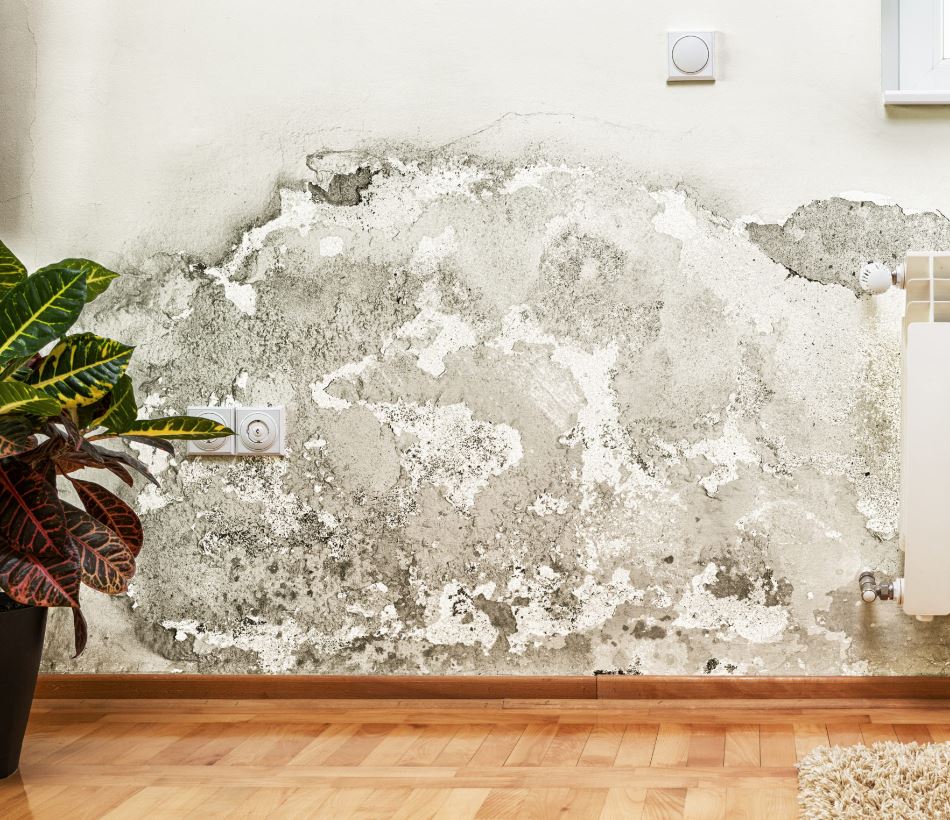
When water seeps into a structure, whether through roof leaks, foundation cracks, or plumbing issues, it creates the ideal environment for mould to thrive. Once mould spores find a damp and dark spot to settle, they begin to spread rapidly, causing structural damage and serious health risks to those exposed. If left unchecked, mould can trigger allergies, respiratory issues, and even more severe health problems.
Implementing waterproofing measures is crucial to preventing the detrimental effects of mould growth, keeping moisture at bay, and maintaining a healthy indoor environment.
Peeling Paint or Wallpaper
Peeling paint or wallpaper on interior surfaces is often a result of moisture seepage, dampness, or water leaks, necessitating proper waterproofing to prevent further deterioration. This deterioration can impact not only the aesthetics but also the structural integrity of buildings. Water seepage can lead to mould growth, wood rot, and weakening of materials, potentially compromising the structure’s safety.
To combat these issues, it is crucial to address the root cause by implementing effective waterproofing techniques. Sealants, waterproof membranes, and adequate ventilation are key in safeguarding interior surfaces against moisture intrusion, preserving their longevity and maintaining a healthy indoor environment.
Cracks in Walls or Foundation
Cracks in walls or the foundation are structural vulnerabilities that allow water intrusion. This poses a risk of water damage and emphasises the need for effective waterproofing solutions.
These cracks can lead to serious consequences such as mould growth, mildew issues, and deterioration of the building’s structural integrity. Water infiltration through these openings can weaken the foundation over time, potentially causing costly repairs and compromising occupants’ safety. To prevent such scenarios, it is crucial to address the cracks promptly by applying appropriate waterproofing techniques. Sealing the cracks with materials like epoxy injections or polyurethane sealants can help prevent further water seepage and strengthen the overall structure of the building.
Damp or Wet Basement
A damp basement is a common indication of water intrusion, leaks, or poor drainage, necessitating comprehensive waterproofing strategies to protect the basement environment.
One of the significant challenges associated with a damp basement is the increased risk of water damage to the foundation and structural integrity of the building. Continuous exposure to moisture can weaken the walls and floors, leading to cracks and potential structural issues. The persistent dampness creates an ideal environment for mould growth, compromising indoor air quality and posing health risks to occupants.
To mitigate these risks, it is crucial to implement effective waterproofing solutions such as:
- Exterior drainage systems
- Interior sealants
- Proper grading around the foundation
- Ensuring proper ventilation to maintain a dry basement environment
High Humidity Levels
High humidity levels in indoor spaces lead to condensation, mould growth, and discomfort, highlighting the importance of effective waterproofing and moisture control measures such as dehumidifiers.
When humidity levels are too high, it can create an environment ripe for mould and mildew to thrive, causing potential health hazards for occupants and damage to the building structure. Excessive moisture in the air can also damage furnishings, woodwork, and electronic equipment.
To combat these issues, proper waterproofing techniques, such as sealing cracks and using moisture-resistant materials, can help maintain a dry indoor environment. Dehumidifiers can also significantly reduce humidity levels, preventing condensation and mould growth.
How To Identify Water Intrusion In Your Home?
Identifying water ingress in your home involves thorough inspections to detect leaks, plumbing issues, or structural vulnerabilities that may contribute to water damage.
Visual inspections play a crucial role in this process, as signs such as stains, peeling paint, or musty odours can indicate potential water leaks. Plumbing assessments help pinpoint any issues with pipes, fixtures, or drains that could lead to water infiltration. Utilising moisture detection methods like infrared cameras and moisture meters can identify hidden water damage.
Being proactive in leak detection and promptly addressing any issues is essential to preventing costly water-related problems and maintaining a safe and healthy living environment.
Check for Leaks
Checking for leaks in plumbing fixtures, pipes, or appliances is essential to identify sources of water intrusion and prevent potential water damage in residential properties.
Leak detection is important for maintaining a home’s structural integrity and preventing costly repairs down the line. Regularly inspecting common leak-prone areas such as under sinks, around water heaters, and along the foundation can help homeowners catch leaks early.
Prompt repairs or implementing waterproofing solutions, such as sealing cracks or installing gutter guards, can mitigate water damage risks. Ignoring leaks can lead to mould growth, structural damage, and deterioration of the property’s overall condition.
Taking proactive steps to address leaks can save homeowners time, money, and stress in the long run.
Inspect Gutters and Downspouts
Regularly inspecting gutters and downpipes for debris accumulation, blockages, or damage is essential to maintain proper drainage and prevent water ingress issues around the home.
When gutters and downpipes become blocked with leaves, dirt, or other debris, water can accumulate and overflow, potentially causing water penetration into the roof, walls, and foundations of the house. This could lead to expensive repairs and harm to the property.
To avoid these problems, homeowners should consider fitting gutter guards to prevent blockages, ensure downpipes are directing water away from the foundations, and regularly check for leaks or damage that may hinder proper water flow. These measures can help protect your home from water ingress problems.
Look for Cracks in Foundation
Inspecting the foundation for cracks, gaps, or signs of seepage is essential to address structural vulnerabilities and potential water intrusion that may compromise the building’s integrity.
Early detection can prevent more extensive and costly damages. Foundation damage can lead to problems such as uneven floors, cracked walls, and misaligned doors and windows. Water penetration through a compromised foundation can result in mould growth, rotting wood, and structural instability.
To reinforce the foundation and prevent water penetration, it is crucial to consider waterproofing techniques or repairs, such as applying sealants, installing drainage systems, or improving grading around the property to divert water away from the foundation.
Check for Proper Drainage
Proper drainage around the property, maintaining appropriate grading, and optimising landscaping features are essential to prevent water pooling, flooding, and water intrusion.
Effective drainage systems are essential for managing water flow and directing water away from structures. Proper grading prevents water accumulation by ensuring land slopes away from buildings, directing water towards designated drainage areas. Incorporating landscaping practices such as strategically placed plants, porous surfaces, and rain gardens can further support drainage efforts and reduce the risk of water intrusion. These practices aid in enhancing the property’s overall aesthetic appeal while promoting efficient water management.
Monitor Water Levels Around Your Home
Regularly monitoring water levels near your home, especially during heavy rainfall or floods, helps identify potential water intrusion risks and allows for timely preventive actions.
Noticing any sudden changes in water levels, such as pooling near foundations or excess water accumulation in low-lying areas, could indicate drainage issues that need addressing promptly. Monitoring drainage patterns around your property can ensure that water flows away from vulnerable areas, reducing flood risks.
Proper landscaping techniques, like creating swales or installing rain gardens, can help manage excess water and minimise potential flooding. Structural modifications such as waterproofing basements or installing sump pumps can provide added protection against water damage during inclement weather.
Conduct a Home Inspection
Scheduling a comprehensive home inspection by a waterproofing professional or contractor can help identify existing water intrusion issues, assess potential risks, and implement preventive measures to protect the property.
During inspection, professionals evaluate the structure’s foundation, walls, roof, windows, and plumbing systems to detect any signs of water leaks or seepage. Homeowners can avoid costly repairs and potential health hazards associated with mould growth by pinpointing these vulnerabilities early on.
Waterproofing contractors are crucial in addressing identified weaknesses and recommending appropriate solutions such as sealing cracks, installing drainage systems, or enhancing exterior waterproofing coatings. Taking proactive measures based on the inspection findings can significantly reduce the likelihood of future water damage incidents, ultimately safeguarding the longevity and integrity of the home.
What Are The Solutions for Water Intrusion?
Addressing water seepage requires a combination of solutions, such as exterior and interior waterproofing, drainage systems, foundation repairs, and sealant applications, to protect structures from water damage.
These diversified approaches are essential as they cater to different aspects of water seepage prevention and management. Exterior waterproofing involves creating a barrier on the outside of the structure to repel water, whilst interior waterproofing focuses on treating surfaces inside to keep moisture out. Drainage systems, like French drains or sump pumps, help redirect water flow away from the foundation. Foundation repairs address structural issues causing water seepage, whilst sealant applications provide additional protection. Utilising a holistic approach that combines these solutions can effectively safeguard buildings against water-related issues.
Exterior Waterproofing
Exterior waterproofing involves applying waterproof membranes, sealants, or landscaping modifications to create a protective barrier against water ingress and safeguard the building’s exterior surfaces.
Waterproof membranes are typically made of robust materials like bitumen, PVC, or EPDM, which can withstand inclement weather conditions. Sealants are used to fill cracks and gaps in the building’s structure, preventing water from seeping in.
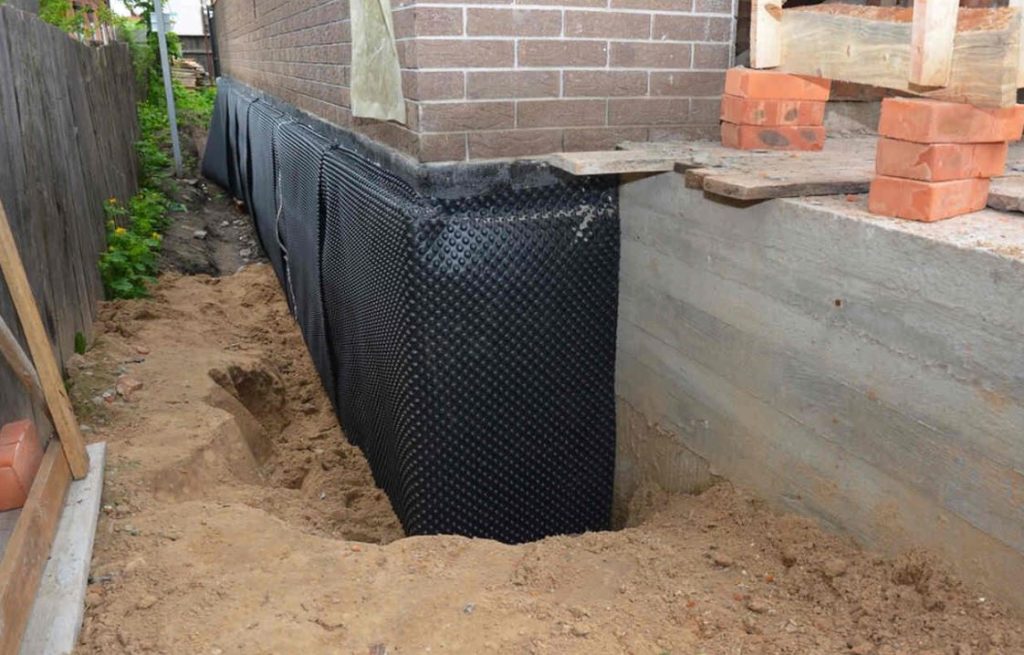
Proper landscaping, such as levelling the soil away from the foundation and installing land drains, is crucial in diverting water flow and preventing water accumulation around the building. For effective and enduring waterproofing solutions, it is advisable to seek the expertise of professional waterproofing services.
Interior Waterproofing
Interior waterproofing methods like installing sump pumps, applying sealers, or using dehumidifiers help manage moisture levels, prevent basement flooding, and protect interior spaces from water damage.
- Sump pumps play a crucial role in interior waterproofing. They actively collect excess water and redirect it away from the foundation to prevent water seepage.
- Sealants act as a protective barrier, sealing cracks and gaps in walls and floors to prevent water infiltration.
- Dehumidifiers help regulate humidity levels, reducing the risk of mould growth and musty odours in damp basements.
When tailored to specific needs, these interior waterproofing techniques can provide long-lasting protection and peace of mind for homeowners facing moisture-related challenges.
Drainage Systems
Effective drainage systems, such as French drains, proper grading, or gutter installations, redirect water away from structures, preventing water pooling, foundation damage, and intrusion.
French drains, for example, are underground structures typically filled with gravel that capture and redirect excess water. Installation involves digging a trench, lining it with fabric to prevent clogging, adding the gravel, and covering it with soil. Regular maintenance, such as checking for clogs, ensuring proper slope, and cleaning gutters, is key to their effectiveness.
Proper grading techniques, with slopes guiding water away, complement these systems. Consider professional assessments to identify optimal drainage solutions tailored to your landscape for enhanced property protection.
Foundation Repair
Addressing foundation issues such as cracks, settlement, or deterioration through timely repairs, waterproofing products, and reinforcement measures is essential to prevent water intrusion and maintain structural integrity.
Water can seep through foundation cracks and leaks, damaging a building’s integrity. Common foundation problems, such as cracks, can lead to water infiltration, compromising the structure’s stability.
To combat this, homeowners can use waterproofing products such as sealants, membranes, or coatings to create a barrier against moisture. Proper foundation maintenance, including addressing drainage issues and landscaping around the foundation, plays a crucial role in preventing water intrusion and preserving the longevity of the building.
Sealant Application
Applying sealants to vulnerable areas such as joints, cracks, or porous surfaces helps create a waterproof barrier, prevent efflorescence, and mitigate water intrusion risks in residential and commercial spaces.
These sealants play a crucial role in safeguarding surfaces from moisture-related damages by forming a protective shield that seals off entry points for water. By acting as a barrier, they effectively reduce the chances of water seepage through gaps, ensuring the integrity of structures over time.Choosing the right type of sealant for specific areas, such as silicone-based sealants for bathrooms and kitchens, enhances the longevity of the waterproofing effect. Regular maintenance, including reapplication of sealants as needed, is key to prolonging the protection against water damage and preserving the aesthetics of the space.
